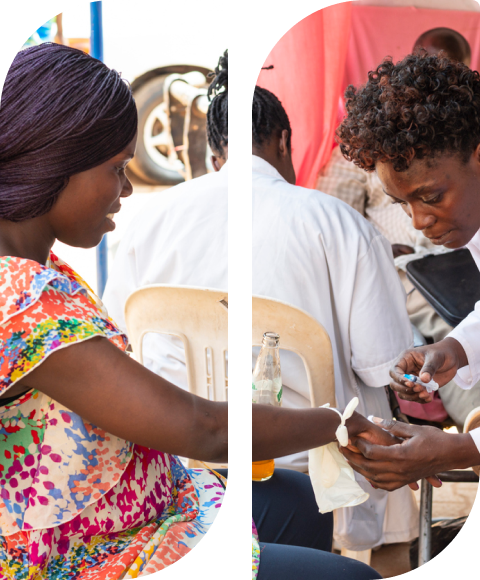
The Mobile Antenatal Clinics initiative aims to address the issue of limited access to antenatal care for pregnant women in remote areas of Africa. By implementing mobile clinics that can travel to different areas, this innovation seeks to bring comprehensive antenatal care services directly to women who may have difficulty reaching traditional healthcare facilities.
The Mobile Antenatal Clinics concept involves equipping vehicles with the necessary medical equipment and personnel to provide comprehensive antenatal care services. These mobile clinics can travel to different communities, setting up temporary clinics where women can receive check-ups, screenings, vaccinations, and counseling services related to their pregnancy. They can also provide referrals to obstetric facilities for high-risk cases that require specialized care.